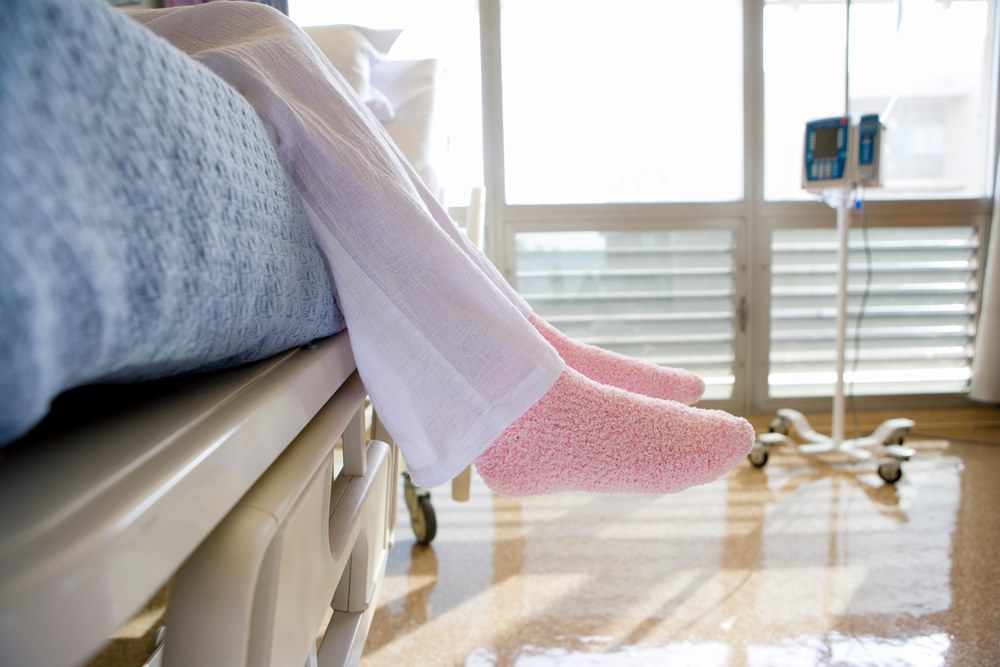Foot care is an important aspect of diabetes management as high blood sugar level causes damage to the nervous and circulatory systems. Due to uncontrolled blood sugar levels, nerve damage decreases sensation in the feet and in return increases the risk of injury. This is a very dangerous situation for people with diabetes, as it makes them unaware of any foot injury and hence it can drastically delay the treatment.
Diabetic people have circulatory problems, as it hinders wound healing. High blood sugar levels can also hinder the immune system. In an uncontrolled sugar level condition, the condition can become worse and can lead to amputation or even death in severe cases.
High blood sugar levels also impact your heart health. This is why it is crucial to maintain and take extra care of yourself, especially if you are also a blood pressure patient.
As legs are the most pressured points for weak vessels and arteries, diabetic feet are an actual problem. Now, this might not be the case for everyone. Regular socks that are comfortable, non-binding and are not too tight for your feet are sufficient.
So who should invest in diabetic socks? People who have the following conditions should be the one to always wear diabetic socks;
- Have large black-blue blisters on feet or leg
- Experienced changes in foot colour or temperature
- Have a rapid fungal infection
- Frequently experience sweaty or moist feet
- Have decreased pedal pulse. This condition is associated with atherosclerosis
Important Note: Women with Gestational diabetes are always at a high risk of deep vein thrombosis. This is why it’s important for women with such conditions to always wear diabetic socks.
Why Get Diabetic Socks?
Diabetic socks are particularly designed for people with severe diabetic conditions which is why they are designed with a number of features.
1. Moisture free material
Diabetic socks have a wicking material that pulls all of the moisture away. Evaporation of sweat is important as any form of wetness can cause fungal infection and odour. The foot needs to stay dry in order to prevent any development of bruises and blisters. For the material of diabetic socks, acyclic fibres are better than cotton socks.
2. Soft yarns
You will find some diabetic socks to be made from fine-textured fabrics such as wool and bamboo. Both of these have natural antimicrobial properties that are also not abrasive or harsh against the skin. You will find some diabetic socks that are especially designed to reduce certain types of blisters on the skin.
3. Non-Elastic Binding
According to the top reviewed Diabetologist in Islamabad, Dr. Tauqeer Ahmed Malik “Diabetic socks are not designed to give an elastic type squeeze around the claves area. For a normal person, this will merely leave skin texture however for diabetic people it can restrict the blood flow and given the sensitivity of the blood vessels due to high blood sugar levels, this can be very dangerous.”
4. Seamless
These types of socks have typical texture along the toe to reduce the risk of rubbing. The process of rubbing itself can cause friction or rashes on the skin. Therefore diabetic socks have thick white soles to prevent the formation of blisters. These soles can also help reveal the draining of a wound that may not be felt.
5. Antimicrobial properties
Some of the diabetic socks are infused with copper or silver yarn. These are essentially important as it prevents any infection development on its own. Even if any blister develops, there will be fewer chances of any infection development. These socks also prevent any odour.
6. Embedded sensors
Some of the socks have smart sensors in the socks which track temperature regulation. This is important as it can alert you if there is the formation of a new blister or ulcer. Socks with such technology will usually last around six months. People who have severe blister issues should definitely invest in these socks.
Where to get these diabetic socks from?
You can purchase diabetic socks from different cloth stores, pharmacies or look for them on online shopping platforms. The price range for these socks can range anywhere between 200-1500 rupees, depending on the quality and features used for the socks. Socks that have sensors in them might be a bit pricier than the rest.
Diabetic socks can be worn daily and are also washable on a daily basis. Most of these socks will last for six months with regular use and proper care. To help increase their longevity, wash the socks in a mesh undergarment bag and place them directly in the washing machine.
Either way, if your condition transgresses, make sure that you consult with a diabetologist right away. If your blood sugar levels are not under control, solely relying on diabetic socks may not be a smart choice. You can also consult with one of the top diabetologists in your area from your home through Healthwire.pk. Download Healthwire’s app and start with booking your appointment right away.
